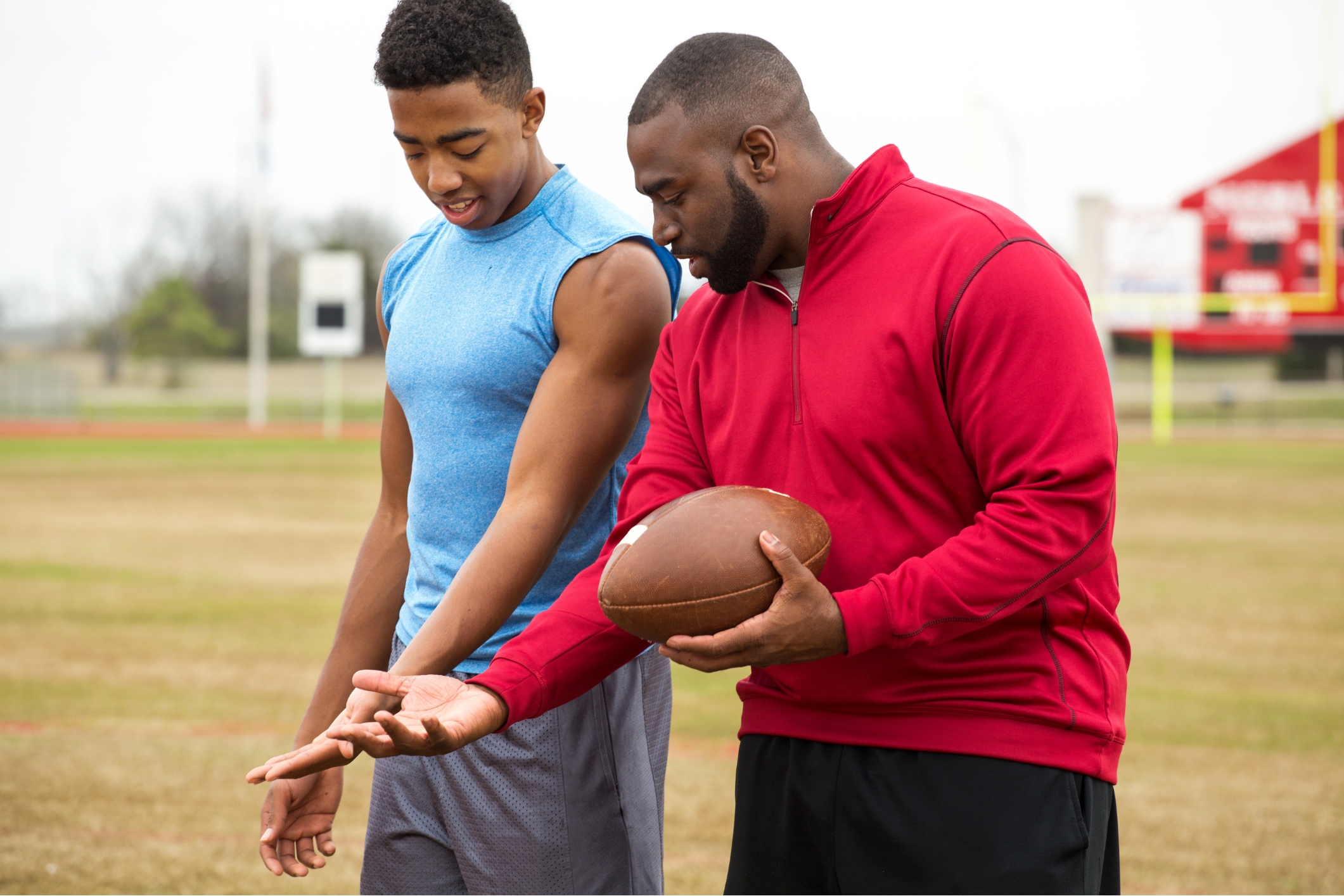
Mouth guards, oral-facial injuries, and student athletes
When I played softball, I didn’t wear a mouth guard. One line drive to the face made me regret that decision.
It seems a common sense decision to wear one, but most non-contact sports do not require the use of a mouth guard, and as a result, most non-contact sport athletes do not wear them. In fact, the National Federation of State High School Associations (NFHS) currently mandates mouth guards in only football, field hockey, ice hockey, lacrosse, and wrestling. In wrestling, the mandate only applies if the wrestler has braces.
Prior to this mandate, the NFHS noted “over 50% of football players’ injuries were oral-facial. They now represent less than 1% of injuries.” Overall, athletes, “participating in contact sports had a 10% chance of sustaining a significant oral-facial injury each season, and better than 50% chance during their secondary school careers,” (NFHS).
Given these numbers, why don’t more sports require the use of a mouth guard? According to Safe Kids, 38 million US children and adolescents play sports each year, and 3.5 million children under 14 years old receive medical treatment for sports injuries. Could mouth guards not prevent at least some of these injuries? It’s something to think about with spring sports already underway, and student athlete safety a constant priority.
Softball, baseball, basketball, volleyball, or any sport that requires movement of one, or multiple people or objects, represents a risk of oral-facial injury. Last I checked, nobody enjoys walking around with missing or cracked teeth, bloody mouths, or facial fractures. Oral-facial injuries are not only unsightly and painful, the bill that comes with them is as well. And if even a percentage of these occurrences can be prevented, let’s work on that.
The NFHS recommends the use of properly fitted mouth guards. The phrase “properly fitted” means “(1) being constructed from a model made from an impression of the individual’s teeth or (2) being constructed and fitted to the individual by impressing the teeth into the mouthguard itself.”
Not only does the NFHS make this recommendation, the Sports Medicine Advisory Committee recommends that all NFHS rules committees “consider a rule for the use of properly fitted unaltered mouthguards for participation in any sport where there is potential for oral-facial injury from body contact.”
The NFHS provides the following information to regarding different types of mouth guards:
- Boil and bite: Inexpensive, form fitted; deteriorates more quickly than other types
- Custom fit: Most accurate, comfortable, protective fit; most expensive and requires trips to the dentist
- Stock: Fits over orthodontic appliances; easily dislodged
Not only have mouth guards been proven to reduce oral-facial injuries, the objections to wearing them are limited. The fact that mouth guards have not been shown to “impede communication, breathing, or create any hazards to the airway or oral cavity” (NFHS) means there’s really no reason all of our athletes shouldn’t all be wearing mouth guards while participating in sports.

